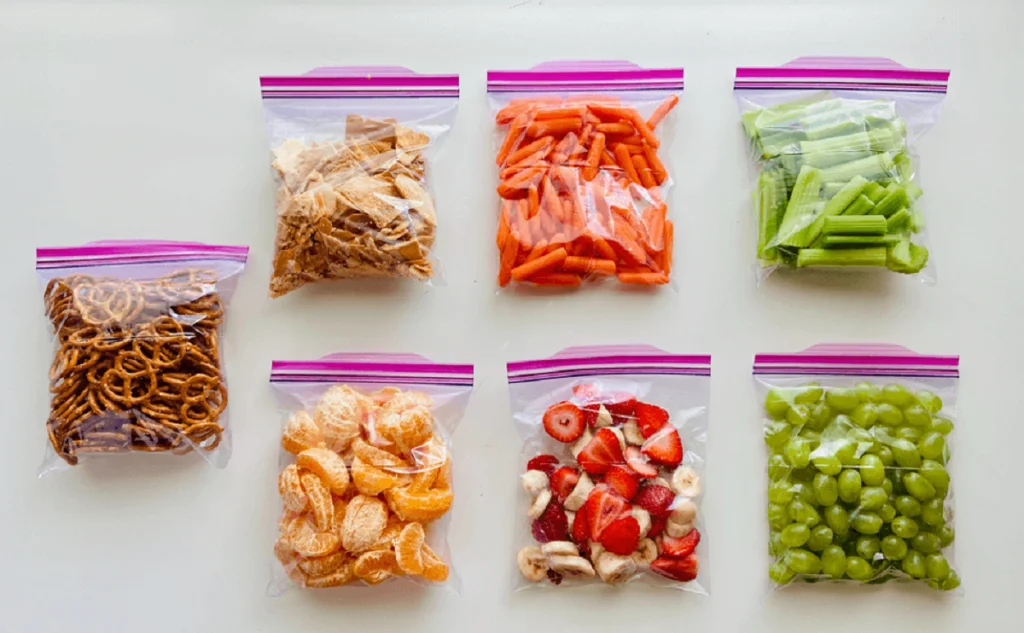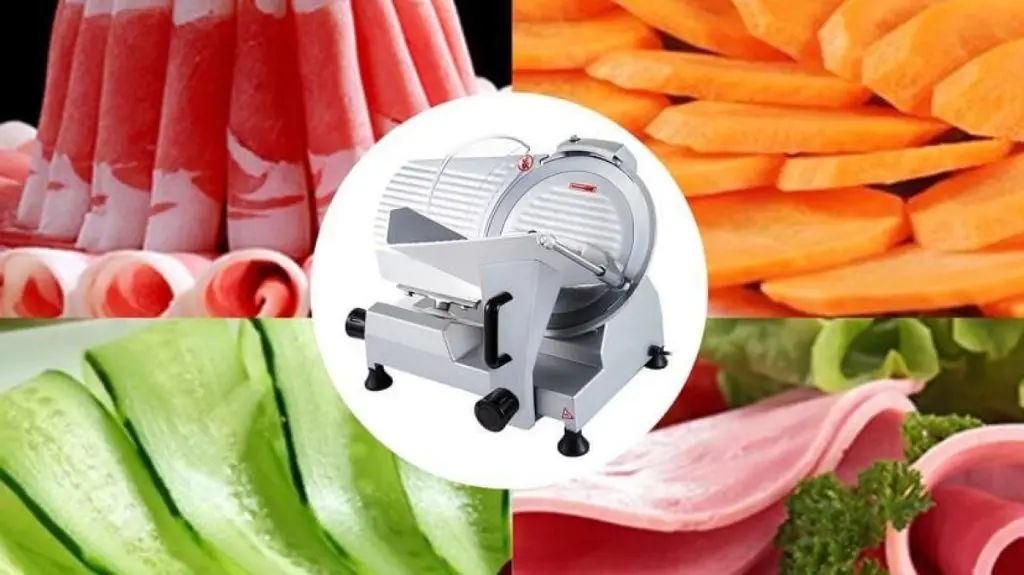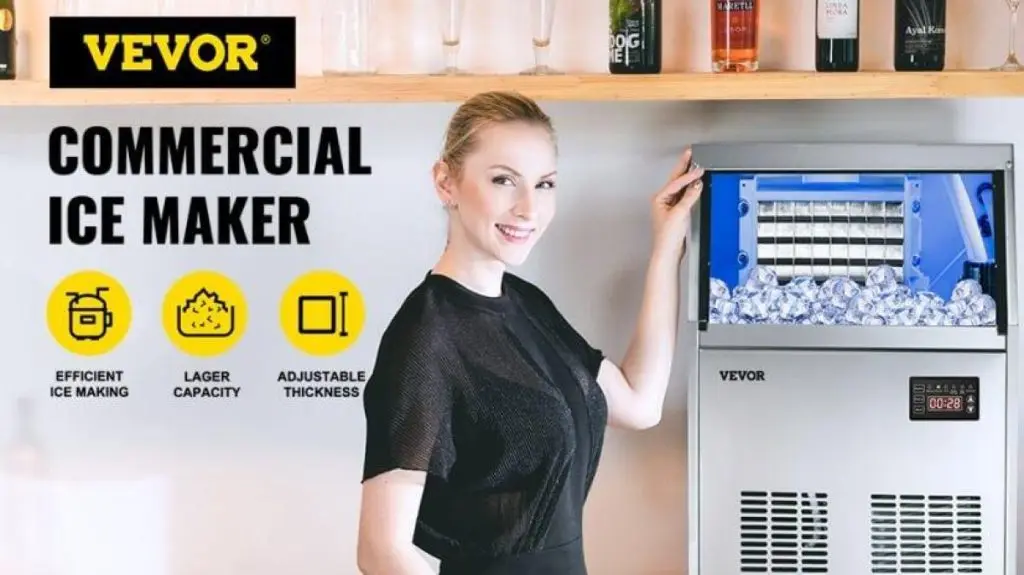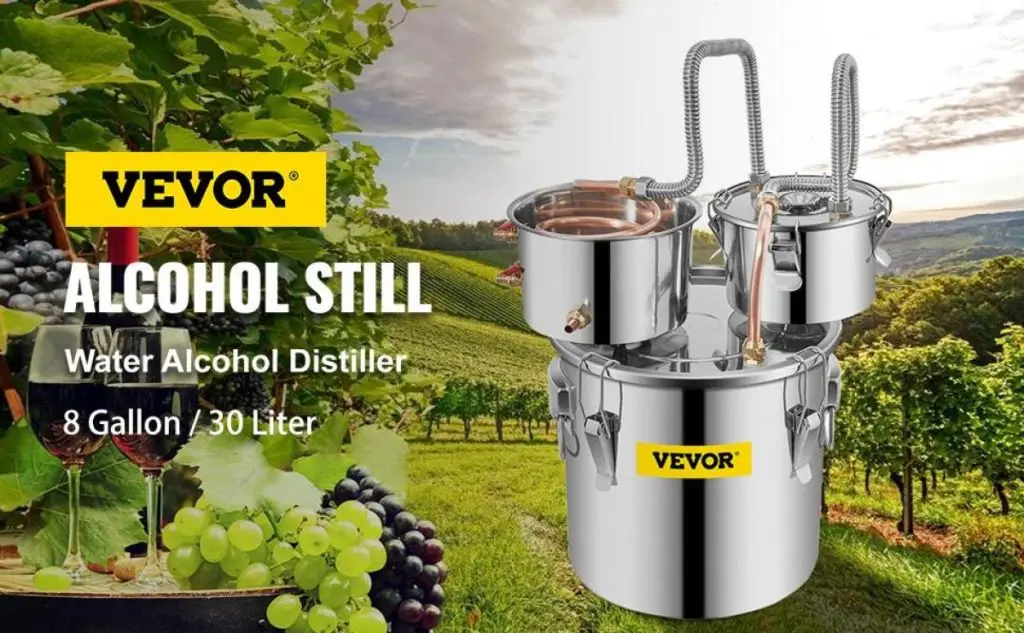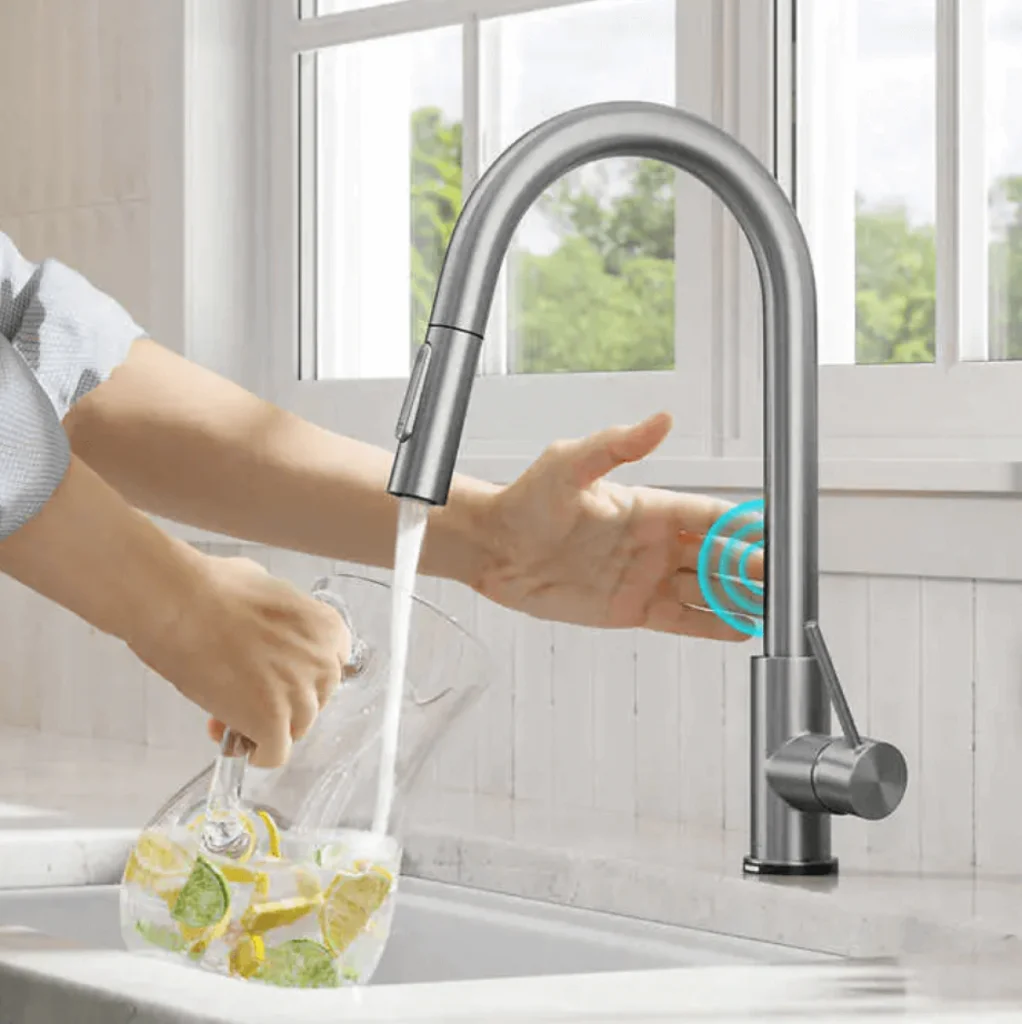Have you ever felt like your favorite foods just don’t stick around long enough? Imagine a world where that savory steak or those ripe peaches last not just days but months. Seems like something a food lover would fancy. Well, this is where the vacuum sealer comes in handy.
As the name suggests, a vacuum sealer locks in freshness and fights off freezer burn. You’re probably thinking you’ve seen these gadgets before, maybe tucked away on a shelf or buzzing to life on cooking shows.
But does it really change the game? Is it even worth the money, or is finding the perfect vacuum sealer even worth the effort?
Let’s find out how having one in your kitchen can really bring about an ease into your life.
Table of contents
Why Do You Need a Vacuum Sealer?
Do you often find yourself throwing out food that’s gone bad before its time? If the answer to this is affirmative, then a vacuum sealer might just be what you need in your kitchen. This is a device that sucks the air out of plastic bags and seals them shut, keeping your food fresh for longer.
By blocking air out, a vacuum sealer protects food from freezer burn and spoilage. The lack of oxygen slows down decay because those tiny organisms that love to feast on your leftovers can’t thrive without it.
So, it is safe to say that a vacuum sealer can save more than just your grocery bill; it helps you reduce food waste—one sealed bag at a time.
What Food Can I Vacuum Seal?
Vacuum sealing isn’t just a flashy kitchen trick; it’s the culinary equivalent of giving your food a longer shelf-life. Let’s say goodbye to freezer burn and hello to freshness. But the question arises: what can you actually toss in a vacuum sealer? The good news is you can seal pretty much everything from A (apples) to Z (zucchini).
So, let’s check out all the different foods that can be vacuum sealed.
Vegetables: The Garden-Fresh Keepers
The moment veggies are plucked from their garden beds, they start losing that freshness. By sucking out the air and sealing them in bags, you’re putting a pause on nature’s clock. Food safety experts agree that sealed veggies maintain nutrients and crunch far longer than those kept in open air.
1. Meat Preservation
You’ve brought home your favorite steak – you can keep it sizzling for a long time by blocking out oxygen. You can also keep other meats like roast beef or salmon filets fresh and tender by vacuum sealing them right after shopping. This way, you can bask in the extended shelf life of these meats without sacrificing flavor or texture.
Bonus tip: Marinate meats inside their vacuum-sealed bag for double-duty deliciousness — infusion plus preservation.
2. Dry Goods
Does your cereal turn into cardboard flakes? Or your cookies turn stale? Not anymore.
Vacuum sealing does wonders for keeping dry goods fresh as well. Dry goods thrive when air is blocked out from compromising their quality. Imagine pasta ready to pour into boiling water weeks from now as if you bought it yesterday. And let’s not forget coffee beans. Vacuum-sealed coffee maintains its robust aroma way better than leaving those precious beans exposed to kitchen chaos.
So, by vacuum sealing dry goods such as pasta, nuts, and coffee beans, you can keep their freshness locked inside of them.
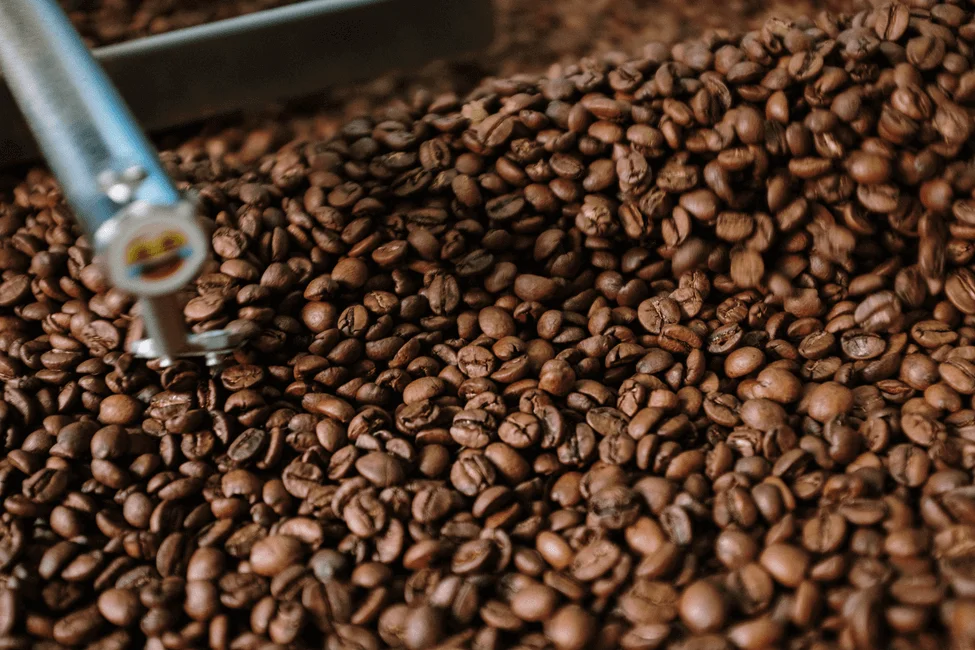
3. Fruit Fanatics Rejoice
Who doesn’t like to savor summer fruits like mangoes and strawberries in winter? You can now keep your fruits fresh even when their season has ended by vacuum sealing them. Thus, you can seal and freeze mangoes, berries, apples, and even avocados without worrying about what season it is.
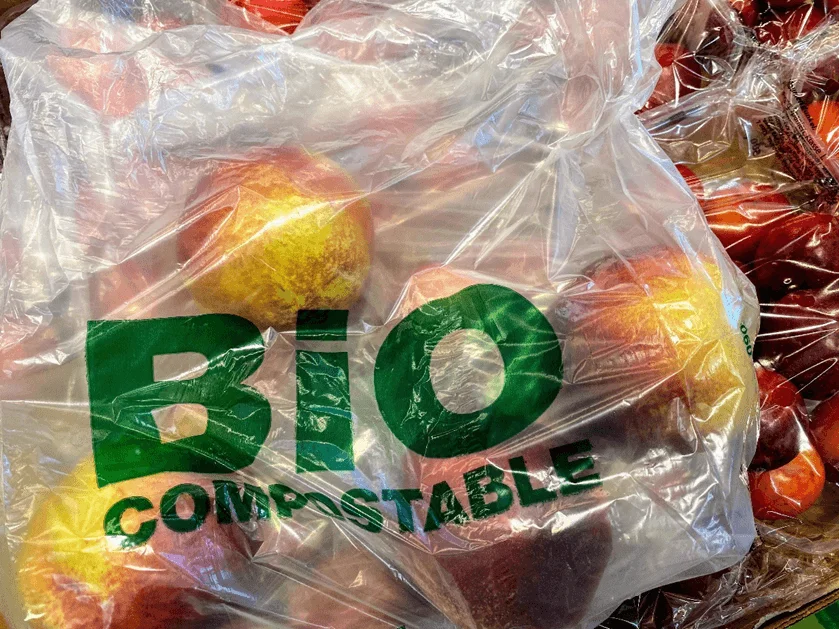
How to Use a Vacuum Sealer? Step by Step Guide
Imagine you’re gearing up for one of those cooking shows where the pantry is your fridge, and everything needs to stay fresh until the cameras roll. That’s where your trusty vacuum sealer steps into the spotlight. This nifty gadget is all about keeping air out and flavor in, making it a game-changer for meal prep experts and freezer stockpilers alike.
Below, in a step-by-step guide, we will discuss how to use a vacuum sealer effectively.
Step 1: Selecting Your Bags
First things first: grab yourself some quality sealing bags or rolls. Make sure they match your sealer’s brand, or you can also opt for universal size. Think of these bags as custom suits for your food—they should fit just right.
Cut a piece if you’re using a roll, leaving extra room at the open end because nobody likes a cramped suit. Now slide that steak or those berries inside with enough space to seal without squishing them—about three inches should do the trick.
Step 2: Loading Your Sealer
After you fill those sealer bags with the food you want to keep fresh, the next step is sealing the bags with your vacuum sealer machine. Open up your vacuum sealer and place the open end of that perfectly picked bag into it. Close the sealer’s lid on top of the bag and lock it tight. Remember to keep oxygen out of the bag so your food can have a longer shelf life.
Step 3: The Magic Happens
With just a single push of a button, your vacuum sealing machine will suck all the air out of the food bag and seal it.
Choosing the Right Vacuum Sealer for Your Needs
Finding the perfect vacuum sealer can be tricky. But worry not because we will help you find the one that is just perfect for you. So, to help you out here, we have listed down a few tips that can help you find the kind of vacuum sealer that you want.
Assess Your Sealing Savvy
First things first. Before you sprint down the aisles or speed through online listings, take a moment and think about what you really need. Are you looking for a sealer that would be enough to keep those avocados from going bad or to keep that Sunday’s barbecue leftovers fresh for weeks?
Thus, there is no need to complicate things by getting into too many details about specifications, models, and versions. To help you out here, we have gathered a few steps you can follow before you buy a new sealer.
The Features Face-off
Dive into features as though they were toppings at an ice cream parlor—pick what makes sense for your taste buds. A built-in cutter might seem fancy until it’s collecting dust because scissors do the job just fine. On the flip side (literally), consider models that offer dual-sealing technology—a nice trick up its sleeve when dealing with different types of foods.
Budget Talks
Your wallet has opinions, too. Think long-term investment versus impulse buying that ends up as another garage sale relic. Simply put, try buying a vacuum sealer that fulfills your kitchen needs without becoming heavy on your pocket.

Maintenance Must-Knows
Last but not least—we’re on the topic of maintenance, and let’s be real: everyone has to deal with it now and then. Thus, it is better to opt for appliances that make cleaning a breeze instead of a chore. We all know spills are part of the cooking game, so buy something that is easy to clean and assemble.
By keeping in mind all the above-mentioned tips, we recommend this VEVOR Vacuum Sealer Machine. With powerful 90 Kpa dual pumps and dual seals, it gives you maximum suction and provides airtight packing to keep your food fresh.
The advanced aluminum base provides well-regulated heat dissipation so there are no breaks in the sealing. For added safety, it comes with an inbuilt thermostat and NTC dual temperature control protection. Thus, no fear of burning or scalding of food.
To keep things easier for you, this vacuum sealer comes with a built-in bag roll storage and cutter. With three different-sized bags, an external hose that has an interface, an extra foam gasket, an adhesive tape, and a user guide, this vacuum sealer is going to be an excellent addition to your kitchen’s gadgets.
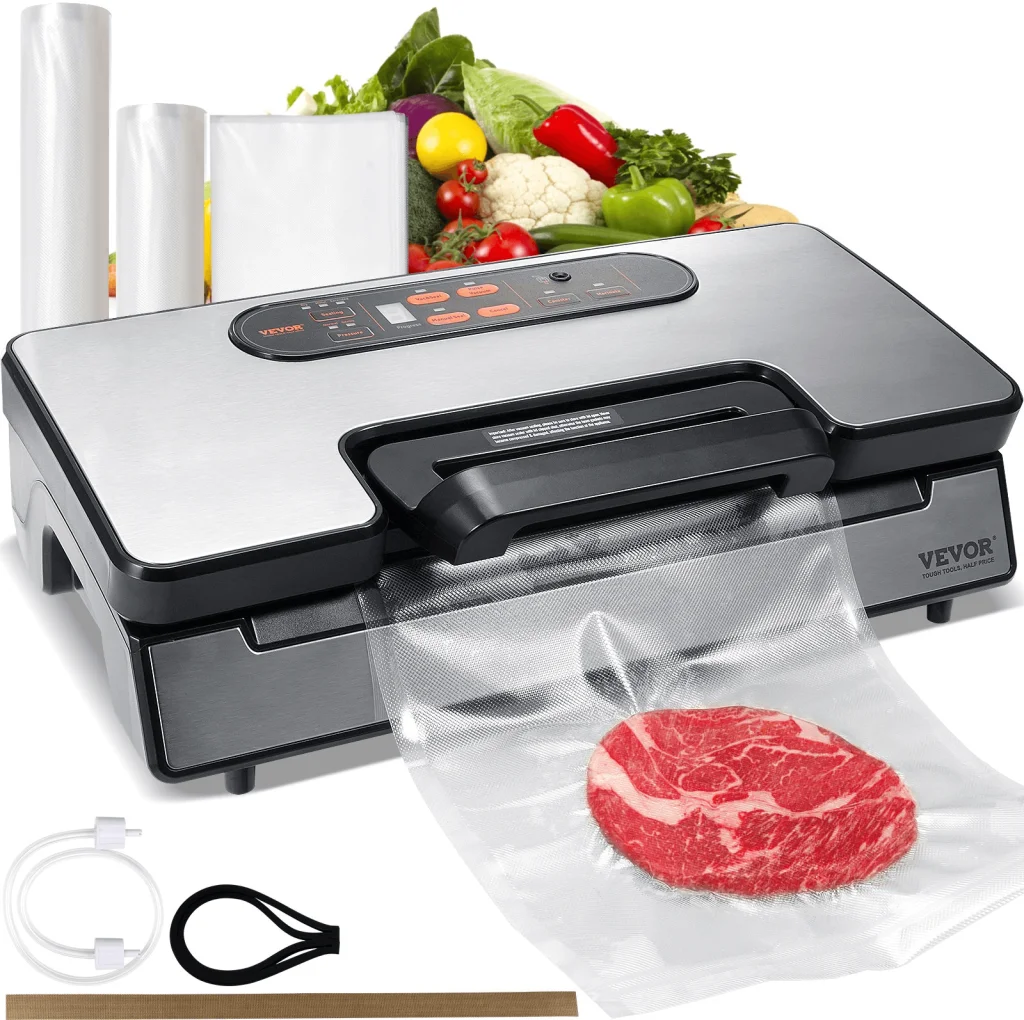
Besides the one mentioned above, below are a few vacuum sealers for you to scroll through and choose the one that fulfills your kitchen needs.
- VEVOR Chamber Vacuum Sealer DZ-260C
- VEVOR Chamber Vacuum Sealer, DZ-260A
- VEVOR Chamber Vacuum Sealer Machine DZ 260S
Essential Vacuum Sealing Tips
You’ve got a shiny new vacuum sealer, and you’re ready to tackle food waste like a pro. But wait—before you start sealing everything in sight, let’s talk about tips that’ll turn you into a vacuum-sealing wizard.
Get the Air Out of There
Removing as much air from the bag before sealing will help protect your steak against freezer burn while ensuring flavor and moisture are locked in. A tight seal keeps moisture and flavor locked in while warding off those pesky ice crystals. Think of it like tucking your food into an airtight cocoon—it’s cozy and safe from harm.
Air is the enemy when it comes to keeping food fresh. So, press down on that bag or use the manual mode on your sealer for tricky items that need just the right pressure.
Bags Matter Big Time
The bags are not just plastic pouches—they’re preservation powerhouses. Don’t skimp here; quality bags mean less chance of tears or leaks ruining your hard work. Plus, they keep odors at bay, so last week’s fish doesn’t mingle with this week’s cookies—that’d be quite the combo.
If you’re thinking about reusing bags because we love Mother Earth—and who doesn’t? —make sure they were only used for dry goods previously; cleanliness is key, after all.
Mind Your Moisture Levels
Soggy chips? No thanks. If what you’re sealing has a high moisture content, give it some pre-freezer time or pat it down with paper towels first. This step helps prevent liquid from getting sucked up during sealing which can mess up both your machine and its perfect seal mission.
Label Like You Mean It
Tossing mystery meals into deep freeze oblivion isn’t going to help anyone later on—not even in the future trying to decipher what’s inside each frosty package. Use labels clearly marked with contents and dates so there won’t be any guessing games come dinner time—or worse, taste tests gone wrong.
Friendly Reminder: Check Seal Integrity
Last but not least, always check that seal integrity post-vacuum session because nobody wants to find unsealed corners after stocking up their freezer. In short, inspect seals closely since no detail is too small when freshness is on the line.
Pick these habits up now—you’ll thank yourself every time you pull out perfectly preserved foods instead of dealing with disappointing defrosts later.
FAQs About Using Vacuum Sealers
Vacuum sealers are the superheroes of your kitchen, swooping in to save the day by extending the shelf life of your food. But with great power comes significant obligations—as well as some inquiries. Let’s tackle some common curiosities that might be buzzing around your brain.
1. How long does vacuum-sealed food last?
Vacuum sealing can make sure those delicious meals stay tasty way longer than traditional storage methods. The USDA tells us that certain foods like meat and poultry can last up to 5 times longer when they’re sealed tight from air exposure.
Different foods have different lifespans once you suck out all their airy companions: meats can chill out in the freezer for several years, while veggies like carrots may enjoy an extra couple of weeks before going soft and changing color.
2. Can you boil food in vacuum-sealed bags?
Most high-quality vacuum-sealed bags are ready for a hot water dance-off. Just check if they’re labeled as “boilable,” and don’t let them touch pot edges—they’re not fans of direct heat sources.
3. Can you microwave vacuum-sealed bags?
Some vac-bags are microwave-safe (they’ll usually brag about it on their packaging). You’ll want these special kinds because otherwise, things could get explosive—not exactly what we aim for when reheating lasagna.
Poke them first—a little vent hole lets steam escape so pressure doesn’t build up into an unwanted kitchen spectacle.
4. Can the vacuum sealer use any bag?
Not any old plastic will stand up under a sealer’s embrace. Specific textured or embossed bags made for this purpose let air escape properly during sealing time.
Avoid sealing raw mushrooms, garlic, soft cheeses, and whole apples. They don’t play nice with airless environments due to bacteria growth or off-gassing.
Conclusion
Locking down freshness is a snap with a vacuum sealer. You’ve learned the why, the what, and exactly how to keep your foods at their best.
Capture that just-picked taste of summer berries, or ensure your steaks stay succulent. With this nifty gadget, you’re now set to stretch shelf lives like never before.
With the right kind of vacuum sealer, you can keep all the freshness of your veggies or the juices of your steak locked in your food.
Remember: Seal smartly—choose the right machine for your pantry’s needs and use it wisely. From juicy fruits to hearty veggies, nothing escapes its grasp.

